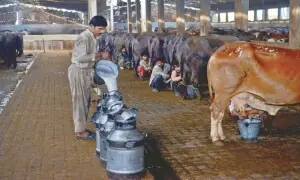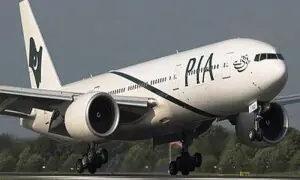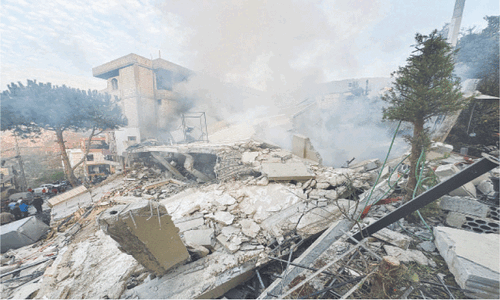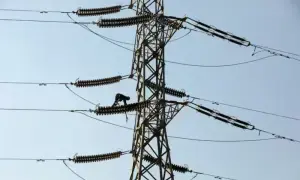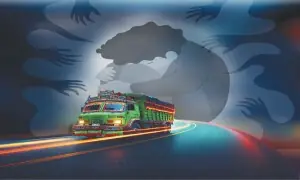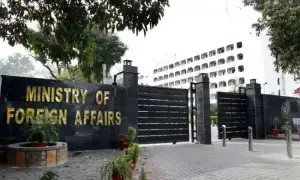Another inquiry committee has been constituted, compensation announced, and good intentions expressed. Is there any hope, though, of the root causes of the problem actually being addressed?
The fire that broke out in Lahore’s congested Anarkali Bazaar on Monday evening rapidly engulfed the Alkareem Market Plaza, leading to the loss of at least 13 lives and considerable damage to merchandise and infrastructure. This occurred just a day after Karachi’s Timber Market area was similarly burnt to ashes.
The causes have yet to be ascertained, but the lessons remain the same. Coordination among civic agencies such as the fire department and rescue squads needs urgent improvement; tight alleyways and multifarious encroachments that characterise Anarkali, Timber Market and other such venues across the country pose a formidable challenge of access to firefighting and rescue teams; and most importantly, the need for public buildings to be constructed to at least some modicum of safety standards, with much stricter regulation.
Reportedly, there was just a single entry-exit door at the multistorey Alkareem Market Plaza which housed dozens of shops. The fact that most of the deaths occurred as a result of suffocation tells its own tragic tale.
On paper, the solution is simple and in some cases, already required: fire exits, multiple entrances, the availability of firefighting equipment, etc. In reality, though, the efforts made by toothless civic bodies are often nullified by a citizenry that refuses to see safety regulations as protections that benefit primarily itself.
From both recent tragedies, there is a lesson to be drawn, too, about systems of governance. When the latter is remote, as is the case in the absence of local government systems, there is risk of a huge distance between intentions and the effect on the ground — such as the preparedness of firefighting departments or the will to remove encroachments.
Local governments, however, put administrators in close proximity with the people — they are accessible and accountable. The path to correction must be taken at multiple levels, top-down and bottom-up.
Published in Dawn, December 31st, 2014









